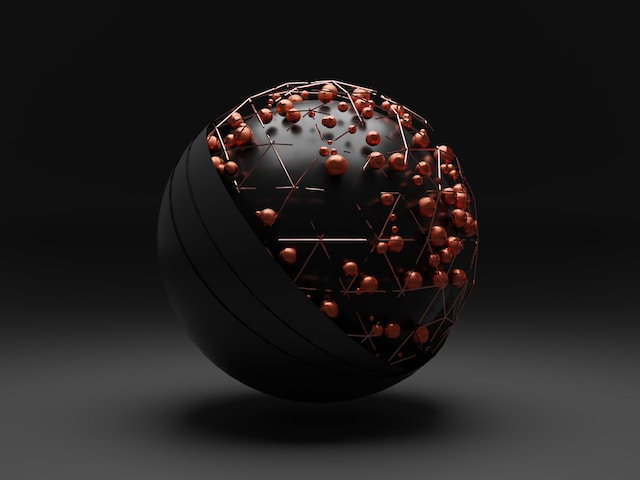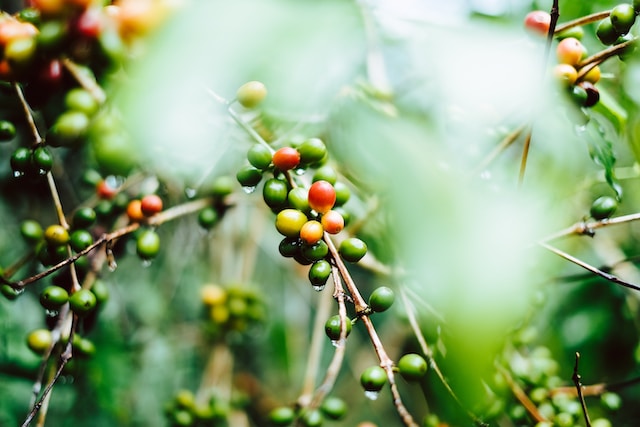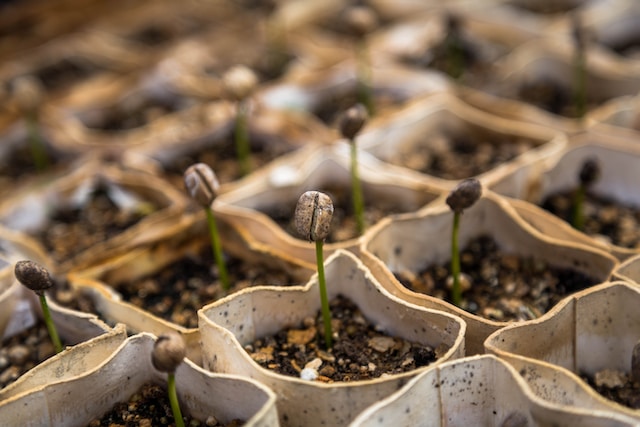Coffee is more than just a beverage – it’s a complex mixture of compounds that gives it its unique flavor and aroma. In this article, we’ll explore the science behind coffee and how its chemical composition affects the taste and experience of drinking it.
One of the key components of coffee is caffeine, a naturally occurring stimulant that’s responsible for its energizing effects. Caffeine is a type of alkaloid, a group of compounds found in many plants, including coffee beans. It works by blocking the action of a neurotransmitter called adenosine, which is responsible for promoting sleep and relaxation.
But caffeine isn’t the only chemical in coffee that affects how we perceive its flavor and aroma. In fact, there are over 1,000 different chemical compounds in coffee, including acids, oils, and sugars. These compounds interact with each other in complex ways to create the unique taste and aroma of each cup.
For example, coffee contains a number of different acids, including chlorogenic acid, which contributes to its bitterness, and citric acid, which gives it a bright, fruity flavor. Coffee also contains oils, which contribute to its rich, full-bodied mouthfeel. These oils are released during the brewing process and can vary depending on the roast level of the beans.
Roasting is another important factor that affects the chemical composition of coffee. During the roasting process, coffee beans undergo a series of complex chemical reactions that transform their flavor and aroma. Roasting breaks down complex sugars into simpler ones, creates new flavor compounds through the Maillard reaction, and drives off volatile compounds that contribute to acidity and bitterness.
Overall, understanding the chemical composition of coffee can help us appreciate its complexity and diversity. By experimenting with different brewing methods, roasts, and blends, we can explore the full range of flavors and aromas that this beloved beverage has to offer.





